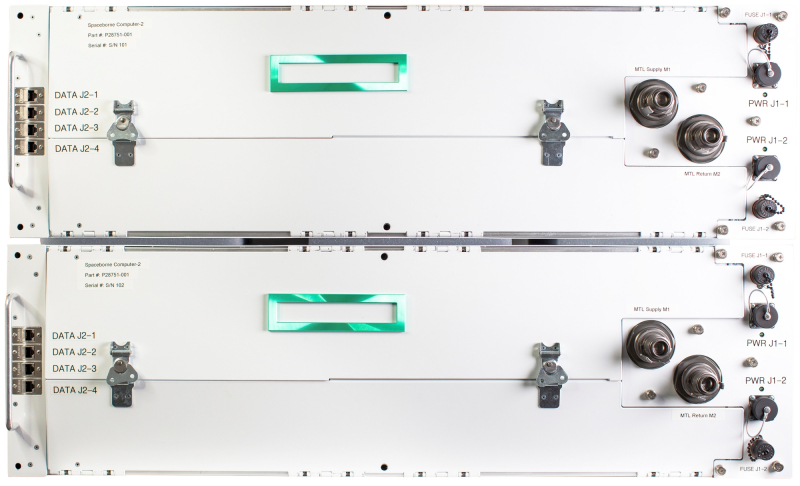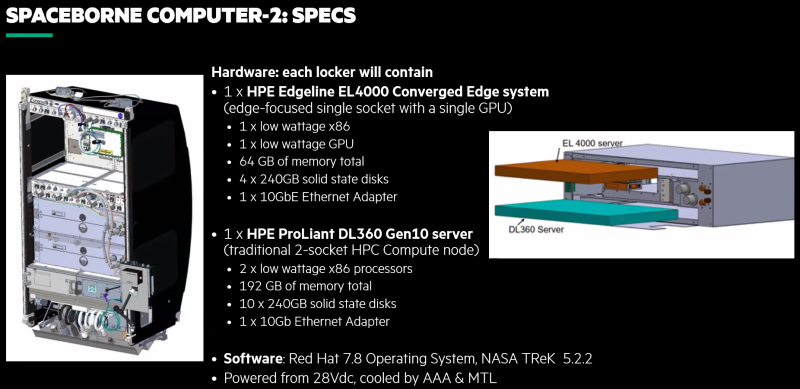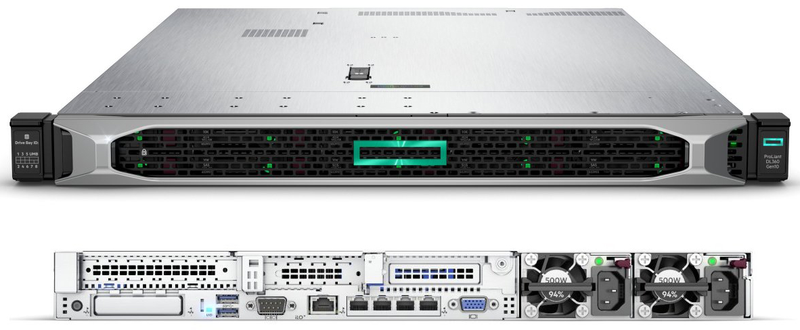
There is more and more technology in space, and not space debris, but devices that improve the quality of life or provide some new opportunities. Well, for example, Starlink satellites, which will soon begin to provide Internet to residents of remote and hard-to-reach regions.
But satellites are not everything. The other day, HPE Spaceborne-2, a high-performance computer adapted to the specific conditions of the ISS, is sent to the space station. The computer is sent to the station not so much for experiments as for real help to astronauts - many experiments are being carried out in orbit, which require a high-performance computing system.
By the way, the first version of the system also went into space. It happened in 2017 - then the computer was sent to the ISS by Elon Musk's SpaceX. The developers have made the computing system resistant to a wide range of negative external factors, which are so numerous outside the Earth.
The first model was based on HPE Apollo 40 class systems with a high-speed switching network, as a software platform is usedLinux. Also, special software was developed taking into account the conditions in orbit. For example, the system software controlled the debugging of computer systems in real time, taking into account possible errors caused by external conditions. The computer was cooled using a water system. In order to get to the ISS, the computer had to pass 146 certifications and safety tests.
At the same time, the first model did not perform scientific calculations, and it was not used on the good space station itself. Its task was simply to function normally in the conditions of an orbital station - it was necessary to prove that it was reliable and would not let astronauts down. The configuration system consisted of two HPE Apollo 40 servers connected by a 56 Gb / s InfiniBand network. Each server included 4 NVIDIA Tesla P100 accelerators, which made it possible to bring the system performance up to 1 teraflops.
Okay, what about the second generation?

The new space computer is based on the HPE Edgeline EL4000 converged edge computing platform. Compute nodes - latest generation HPE ProLiant DL360 servers with dual Intel Xeon Cascade Lake processors and NVIDIA T4 accelerators. The performance of the new system will be 2 teraflops.
It is planned to place two racks with EL4000 and DL360. All data is duplicated between racks. SSDs used for data storage are combined in hardware and software into RAID arrays. Yes, storage devices are less resistant to cosmic radiation conditions, but they are faster. By the way, the first system at the end of its operation out of 20 disks remained in working order 11. The astronauts will have a supply of SSDs, so that the drives can be quickly replaced in case of failure.
Both modules will use a 10GbE network to communicate with each other. Power is supplied to two independent lines connected to solar panels and batteries. There is also a stepwise dynamic regulation of the energy consumption level. Cooling is no longer only water, but hybrid. The heat exchanger in the rack is connected to the ISS water cooling circuit.

Plus, the computing unit will be used to perform scientific and applied tasks. This, for example, is the primary processing of data in a short time - this will allow not to expect the results of calculations from the Earth. In addition, it is planned to monitor ground traffic from space with the identification of various patterns. The ISS will monitor both air and space traffic, including in real time.
In addition, the computer will monitor the health of the astronauts in real time. Everything will be analyzed, including X-rays and sonograms. This makes it possible to prevent the disease even before it develops 100%. The space system will interact with ground computing centers.
If the space computer performs well, it can stay on the ISS on a permanent basis. In addition, a peripheral micro-data center project is now being developed, which will be located on specialized satellites-modules.
The system will be sent to the ISS on February 20. It will be delivered to the station by the 15th Northrop Grumman cargo expedition. The service life of the system is 2-3 years.
